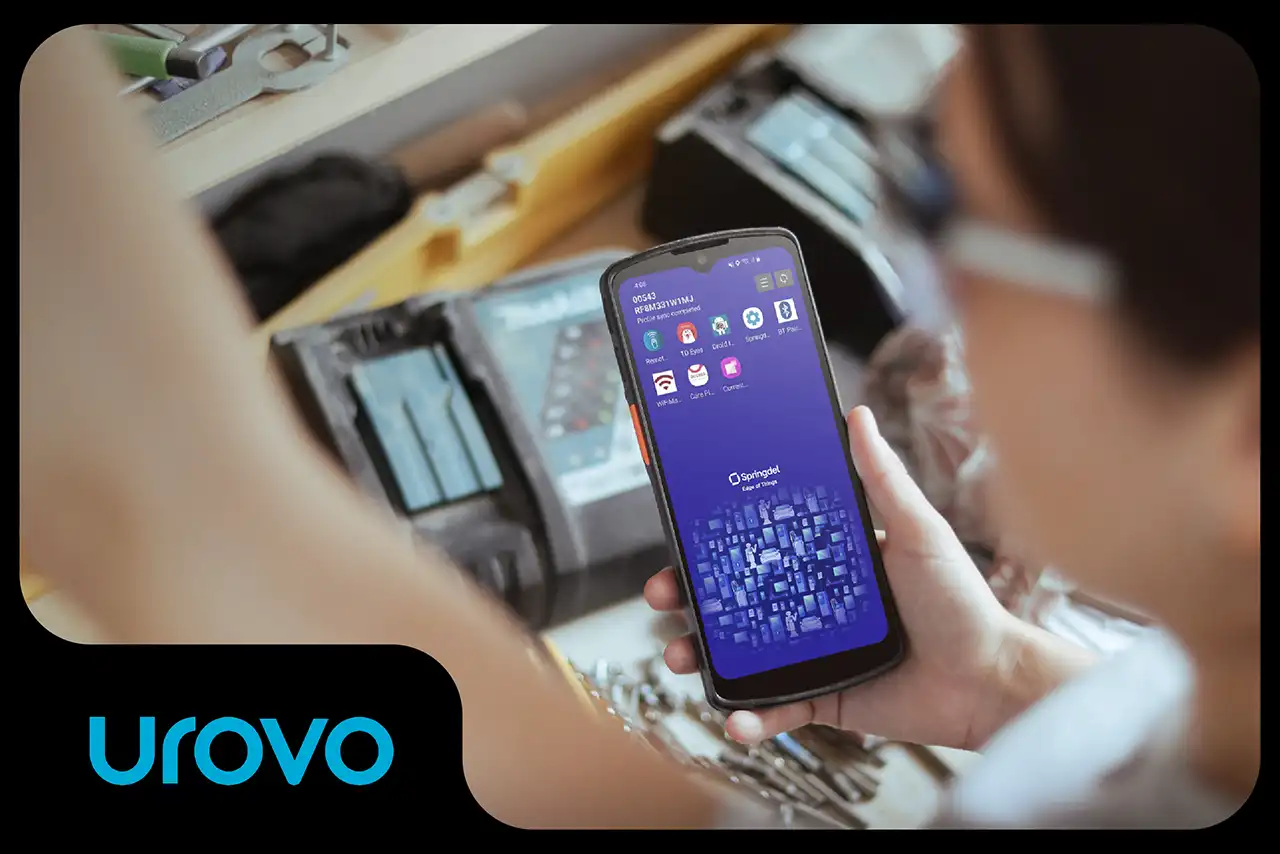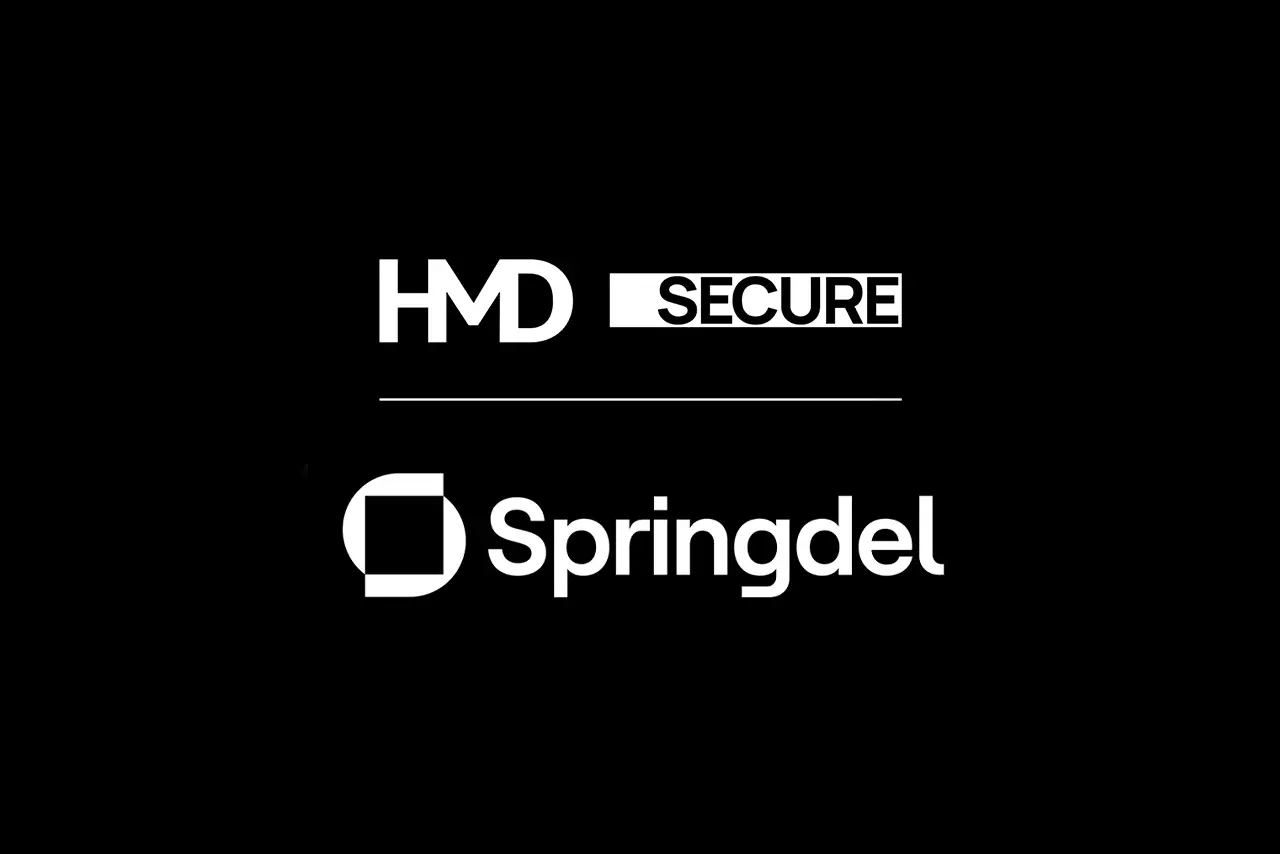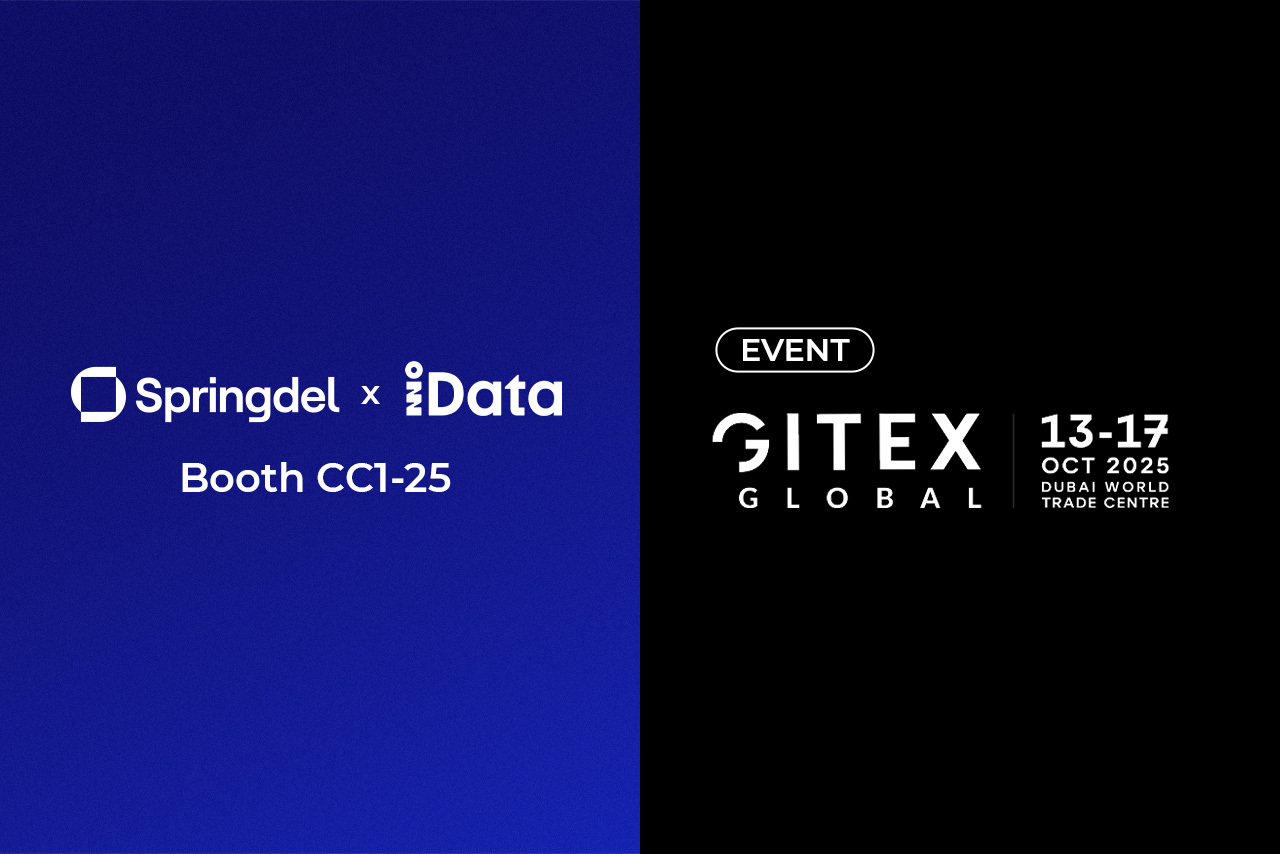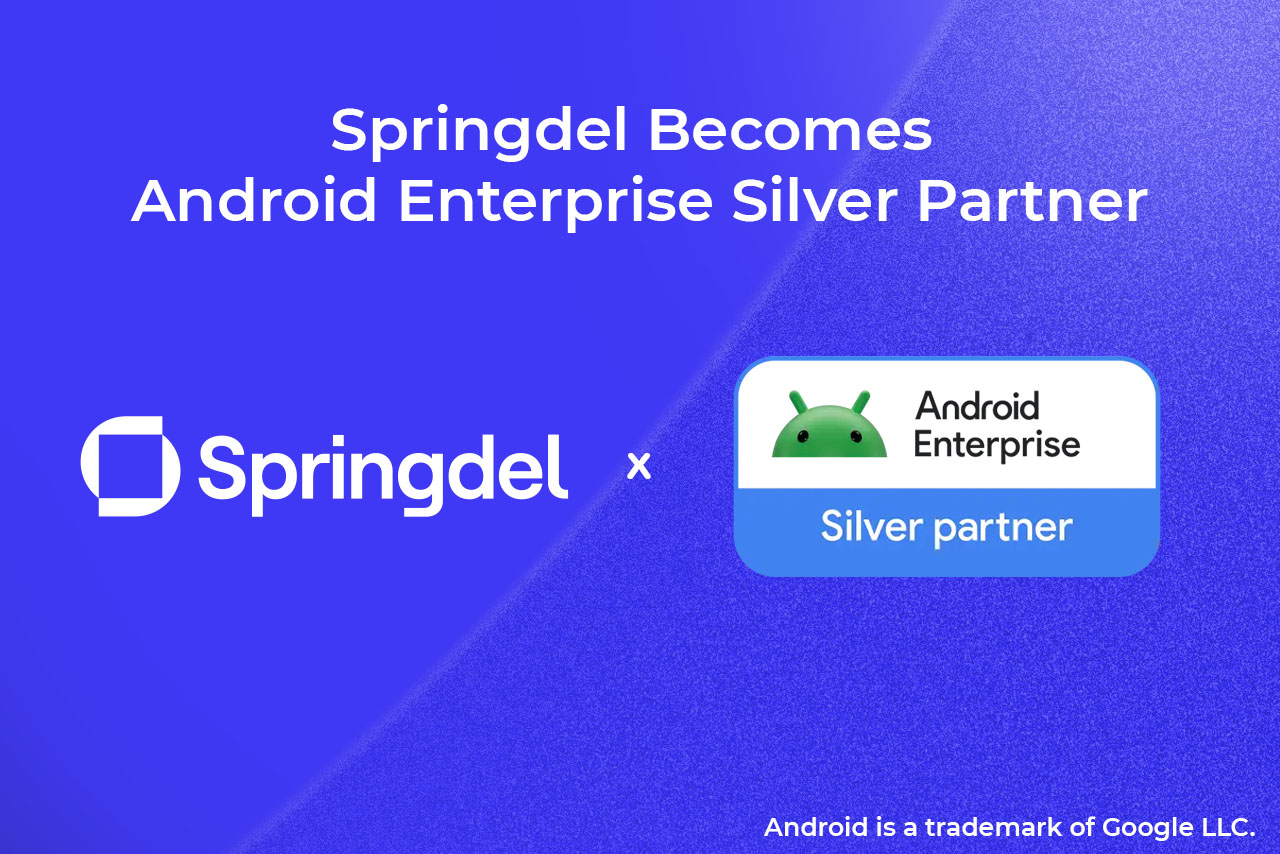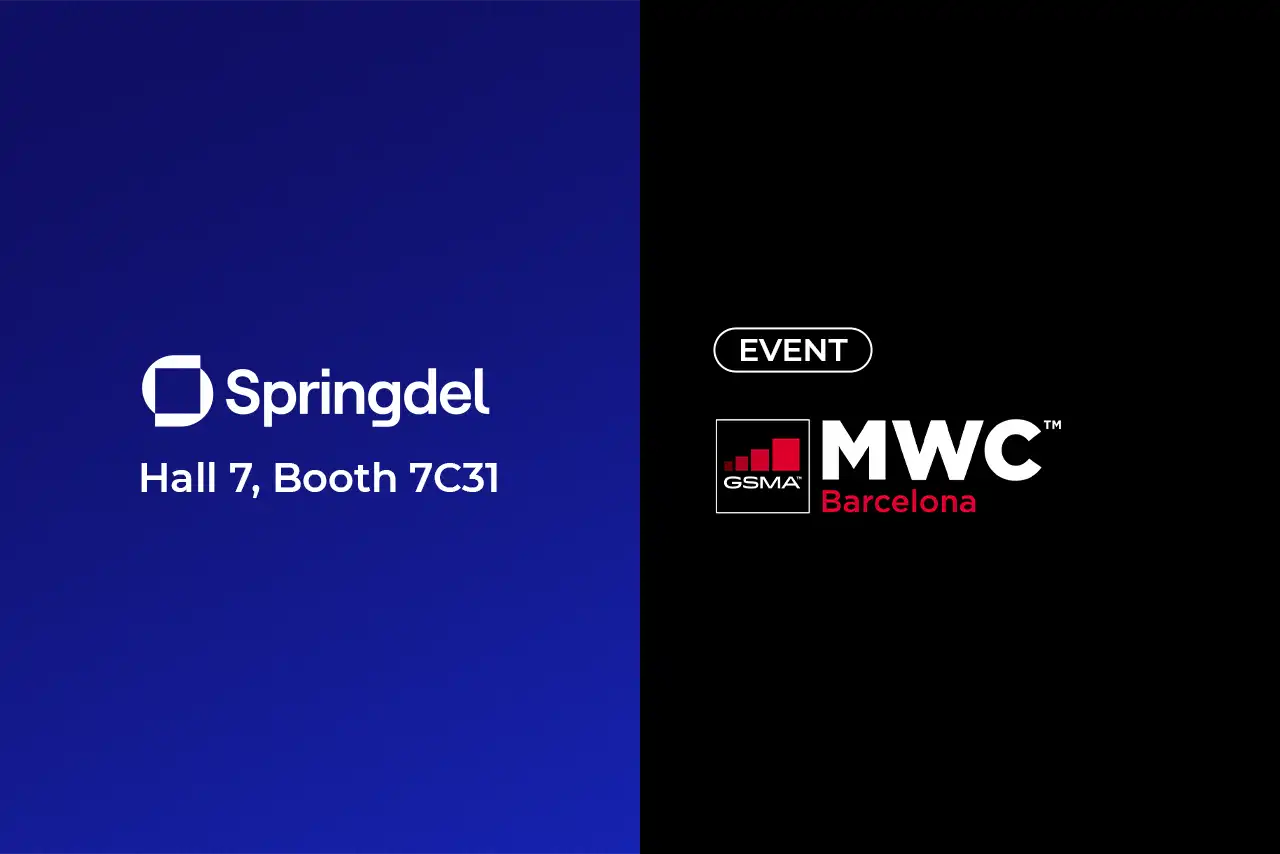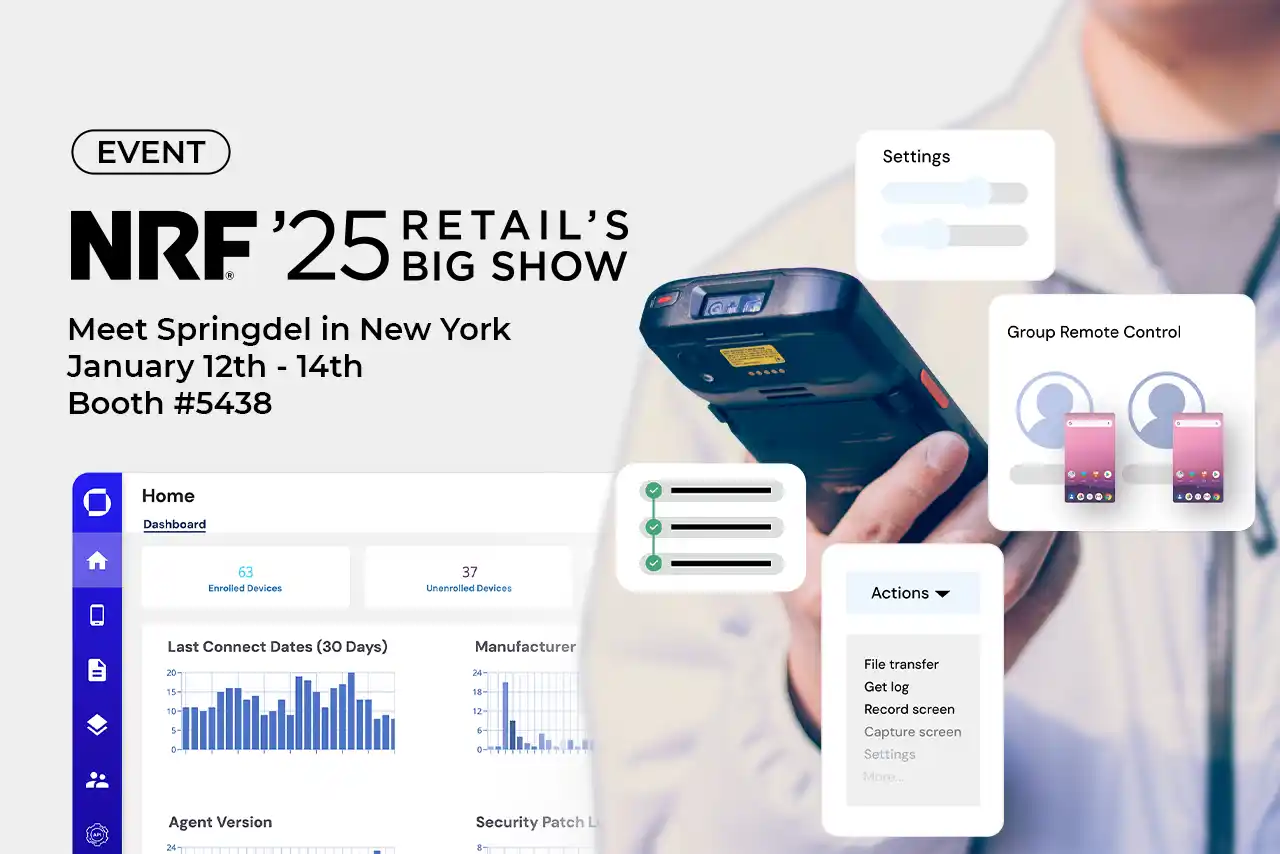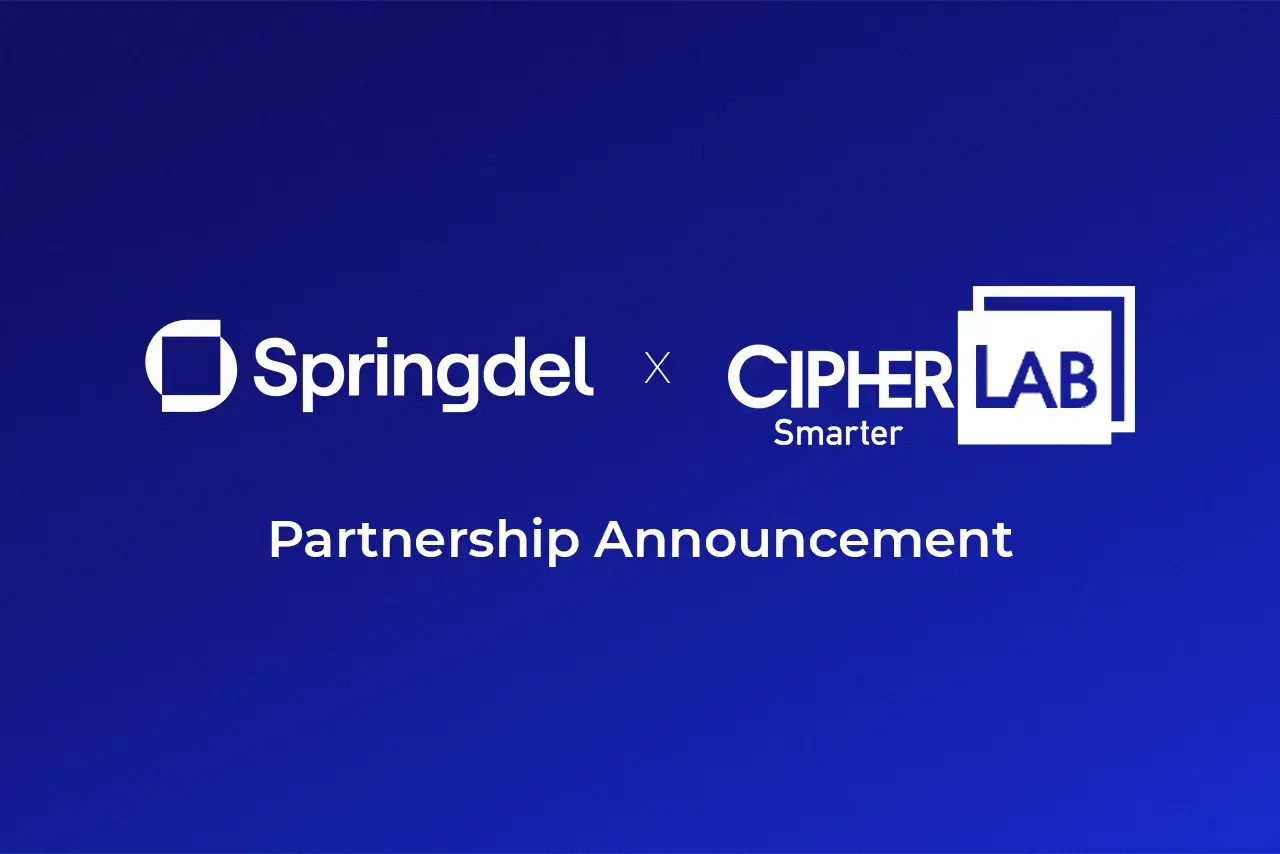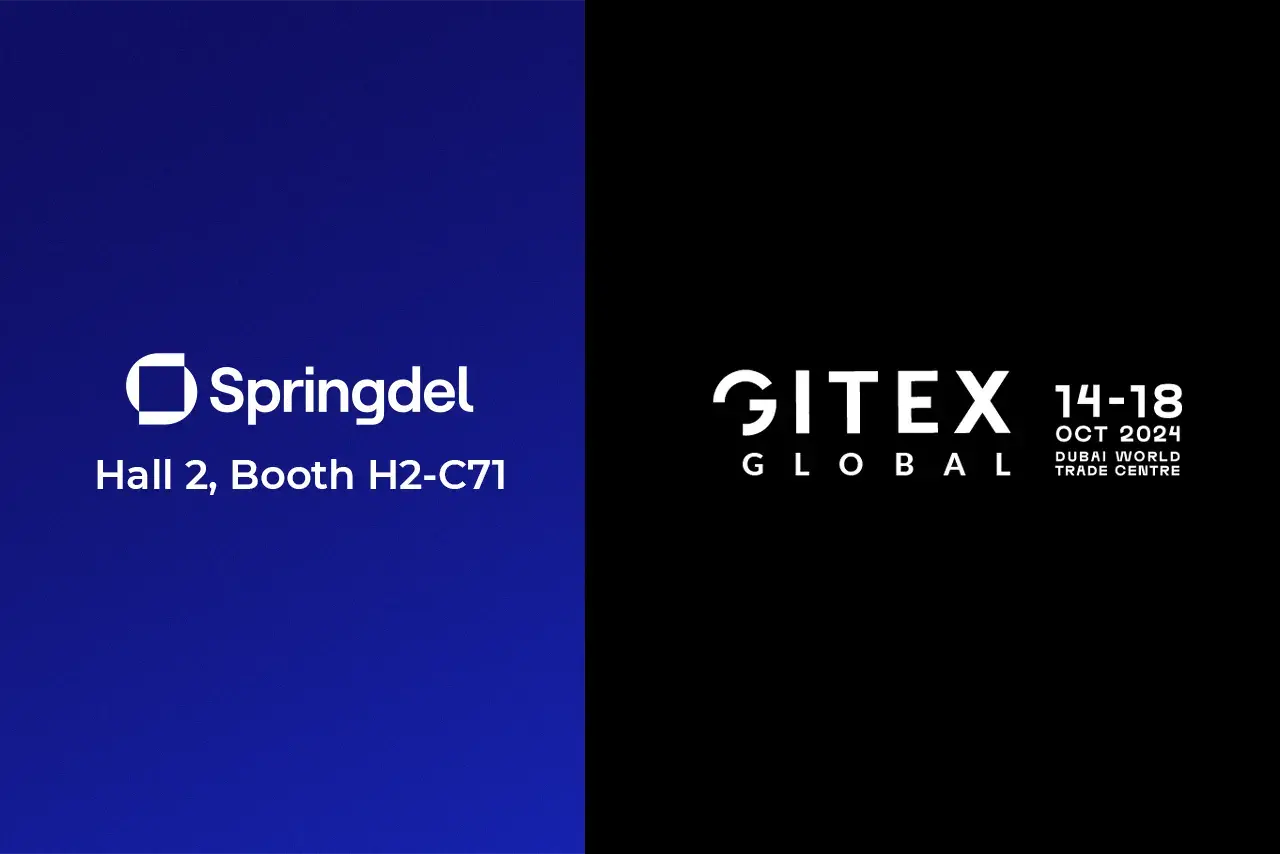Smarter Rugged Mobility: Urovo Hardware Powered by Springdel
Managing enterprise mobility at scale is getting harder. Devices are everywhere. From warehouse floors, to hospitals, to delivery routes. That’s why Springdel is teaming up with Urovo: to deliver a smarter, simpler, and more autonomous way to manage rugged Android fleets in the real world.
